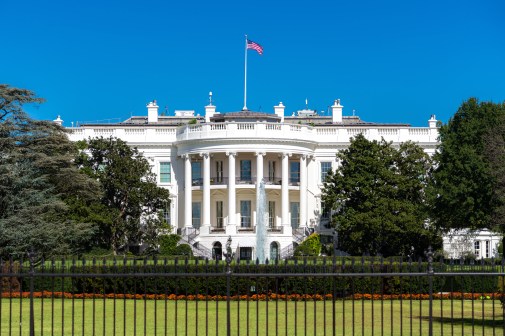GSA wireless contracts use up 500 percent, saving more than $10M

More federal agencies are going mobile, and last year it showed as purchases on General Services Administration wireless contracts grew by five-fold compared with the prior fiscal year, leading to more than $10 million in savings for the taxpayer.
This increase in use of GSA’s Federal Strategic Sourcing Initiative wireless blanket purchase agreements, known as FSSI wireless BPAs, comes as a byproduct of “greater demand for better management and savings as agencies integrate mobile technology into their IT enterprise,” Mary Davie, assistant commissioner of GSA’s Office of Integrated Technology Services, wrote in a blog post.
“It’s also due to agencies transforming their work environments with more mobile and flexible options,” she added.
Last year, in fiscal 2015, GSA saw 85 percent of defense and cabinet-level civilian agencies use the FSSI wireless BPAs. And many of them are consolidating and better managing their wireless enterprises on these contracts, Davie wrote.
“Managing wireless better, attaining volume-driven discounts, and consolidating orders makes agencies more efficient operationally as well as financially,” she said. “Consolidation, standardization, better inventory management, and increased security are top priorities. Tools that can help [agencies] manage mobile resources, applications, and security will become even more important going forward.”
The higher take-up of the BPAs meant an average saving of 27 percent, compared to fiscal 2014, Davie said. That equated to more than $10 million in governmentwide savings through the contracts.
“This means the government is leveraging government-wide discounts to save more each year, while it deploys devices with a greater focus on meeting the ever-increasing data needs for agencies,” Davie wrote.
Much of that comes from a reduction in monthly recurring costs by more than $16 per user for customer agencies, she said. “This marks a new low for the average MRC and highest monthly savings rate to date.”
The federal government is looking for these kind of governmentwide savings in several different commodity categories, including IT software and hardware. The Office of Management and Budget has issued guidance memos in each of those areas recently, pushing agencies to a more governmentwide, consolidated and strategically sourced contracting structure in balance with the Federal IT Acquisition Reform Act and with category management, a strategic federal-wide move to a more centralized contracting model of common spend categories led by OMB and GSA, and meant to reduce duplicative and fragmented acquisitions.
OMB’s next target as part of its campaign for category management will be mobility services, according to U.S. Chief Acquisition Officer Anne Rung. And Davie said GSA is already working toward next-generation wireless solutions through a program called Mobility 2.0, “a collaborative approach with a cross-agency task force to address the next generation of acquisition planning aimed at supporting how the government buys and manages wireless/mobility programs in the future,” she wrote.
GSA plans to release more details on that program in coming months.





